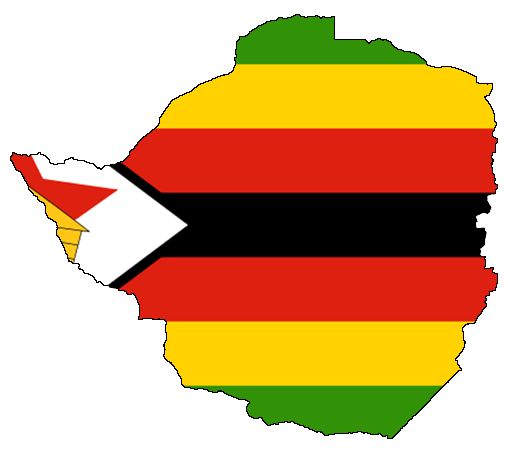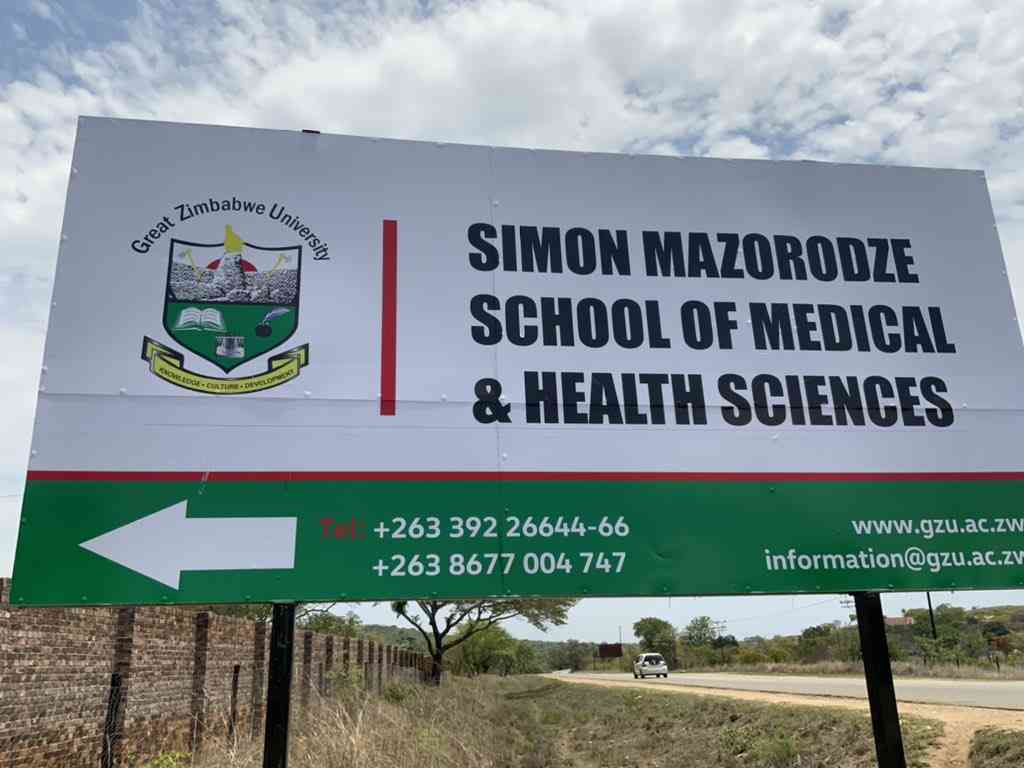
ZIMBABWE'S trajectory since gaining independence in 1980 presents a fascinating study of a nation's determined pursuit of development amid significant challenges, triumphs and transformations.
As Zimbabwe commemorates its 45th independence anniversary in 2025, an analytical examination of this complex journey reveals both remarkable resilience and persistent obstacles that continue to shape the nation's path.
The immediate post-independence era witnessed unprecedented expansion in social services, particularly in education and healthcare. Zimbabwe's education system became one of Africa's most robust, with literacy rates surging from 45% in 1980 to an impressive 92% by 1995. Primary school enrolment doubled between 1980 and 1990, while secondary school enrolment increased seven-fold.
Healthcare accessibility improved dramatically, with infant mortality dropping from 86 per 1 000 live births in 1980 to 61 per 1 000 by 1990. These early achievements demonstrated the new nation's commitment to social development and human capital investment.
However, the political landscape has been marked by significant challenges and gradual evolution. The early 1980s Gukurahundi conflict in Matabeleland resulted in an estimated 20 000 civilian deaths, creating deep societal wounds. The political system's transformation from a de facto one-party State to a multi-party democracy has been gradual and sometimes turbulent. The political landscape has evolved significantly, with the 2013 Constitution marking a crucial milestone in Zimbabwe's democratic journey. As President Emmerson Mnangagwa noted in his 2025 Independence Day speech: "The second republic is entrenching the rule of law, defending the Constitution and stands ready to protect law-abiding citizens." However, the implementation of constitutional provisions, particularly regarding devolution and democratic spaces, remains work in progress.
Economically, Zimbabwe's journey reflects both innovation and crisis. The country experienced severe economic challenges, culminating in the 2008 hyperinflationary period that saw inflation reach 89,7 sextillion percent. The fast-track land reform programme, while addressing historical land ownership inequities, initially disrupted agricultural productivity, with tobacco output plummeting from 237 million kilogrammes in 2000 to 48 million kilogrammes in 2008. However, recent years have shown signs of recovery, with agricultural output gradually improving. The mining sector has emerged as a key economic driver, contributing 13% to GDP in 2024, up from 8% in 2010. Mnangagwa also highlighted in his 2025 speech that "a 5,6% is expected this year, benefiting from new mines, and the favourable prices of some minerals."
The agricultural sector's transformation has been particularly noteworthy. The introduction of climate-smart farming techniques through programmes like Pfumvudza/Intwasa has benefited over 2,5 million households. Irrigation development has expanded from 150 000 hectares in 1980 to 250 000 hectares in 2024, though this remains below the potential 350 000 hectares. The sector now contributes approximately 17% to GDP, employing 65% of the formal workforce. As noted in the President's speech, "Land which is our inalienable heritage, is being productively utilised, with an anticipated bumper harvest from the 2024-25 summer cropping season."
Environmental challenges have become increasingly prominent. Zimbabwe has lost approximately 30% of its forest cover since 1980, according to FAO data. Climate change impacts have intensified, with severe droughts affecting agricultural productivity every three to five years. The 2019 Cyclone Idai caused damage worth US$622 million, highlighting the urgent need for climate-resilient infrastructure. The government's response, including infrastructural rehabilitation and climate resilience initiatives, demonstrates growing awareness of environmental concerns. The President's mention of "building climate resilient infrastructure in communities" reflects this priority.
- Beware of fake nurse aide certificates, says ZRCS
- Beware of fake nurse aide certificates, says ZRCS
- Red Cross vaccination go into overdrive
- . . .the elderly struggle to access healthcare, bare basics
Keep Reading
Social development presents a complex picture. While education remains strong, healthcare infrastructure has deteriorated, with the doctor-to-patient ratio dropping from 1:12 000 in 1980 to 1:18 000 by 2024. The President's acknowledgment that "The health delivery system is undergoing reform and modernisation" indicates awareness of these challenges and commitment to addressing them. The diaspora population has grown to approximately 3-4 million, representing significant brain drain but also contributing through remittances exceeding US$1,5 billion annually.
Looking forward, Zimbabwe must address several critical areas. Politically, strengthening democratic institutions and ensuring genuine implementation of constitutional provisions is crucial. This includes reforming electoral processes, enhancing judicial independence, and fully implementing devolution. Economically, policy consistency, currency stability and diversification beyond primary sectors are essential. The informal sector, currently accounting for 60% of economic activity, needs formalisation support and integration to the mainstream economy.
Rural development requires continued focus, with emphasis on infrastructure, connectivity and market access. The achievement of middle-income status by 2030 requires annual GDP growth rates of at least 7%, sustained investment in productive sectors and significant improvement in ease of doing business indicators.
Environmental sustainability demands urgent attention. Implementation of the National Climate Change Response Strategy must be accelerated, including expansion of renewable energy capacity from the current 13% to at least 40% by 2030. Water resource management, particularly in urban areas where supply meets only 40% of demand, requires significant investment.
Social cohesion and inclusive development remain crucial. Programmes targeting youth unemployment must be expanded. Gender equality initiatives need strengthening, with women's parliamentary representation needing to reach the constitutional target of 50%, up from the current 34%.
As Zimbabwe moves forward, the lessons of the past 45 years provide valuable guidance. Success requires strong institutions, policy consistency, inclusive dialogue, and sustainable approaches to development. The country's resilience, demonstrated through multiple challenges, suggests capacity for positive transformation when these elements align effectively.
The journey ahead demands continued commitment to reform, innovation and inclusive growth. With focused implementation of comprehensive reforms and sustained investment in key sectors, Zimbabwe can build on its achievements while effectively addressing remaining challenges to create a more prosperous and equitable society for future generations.










